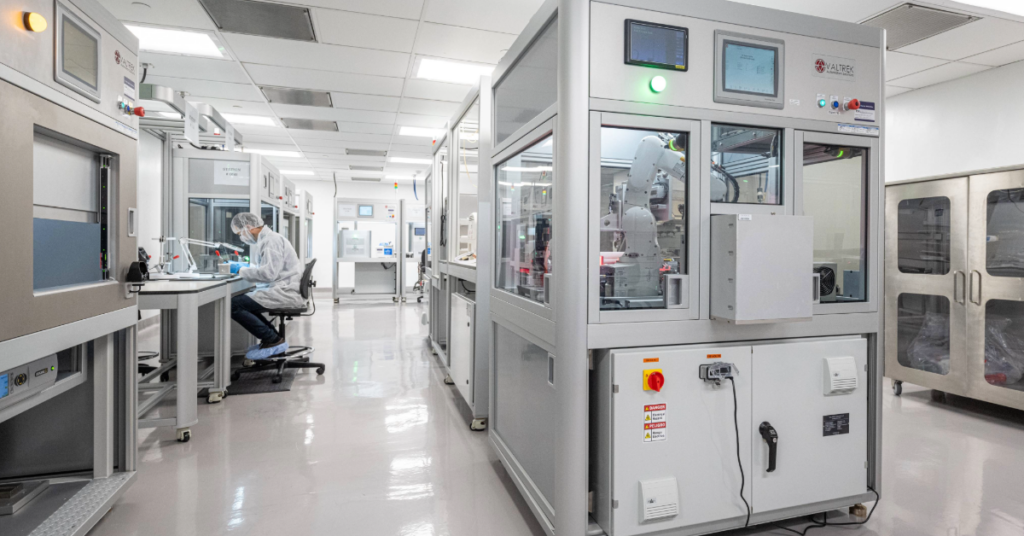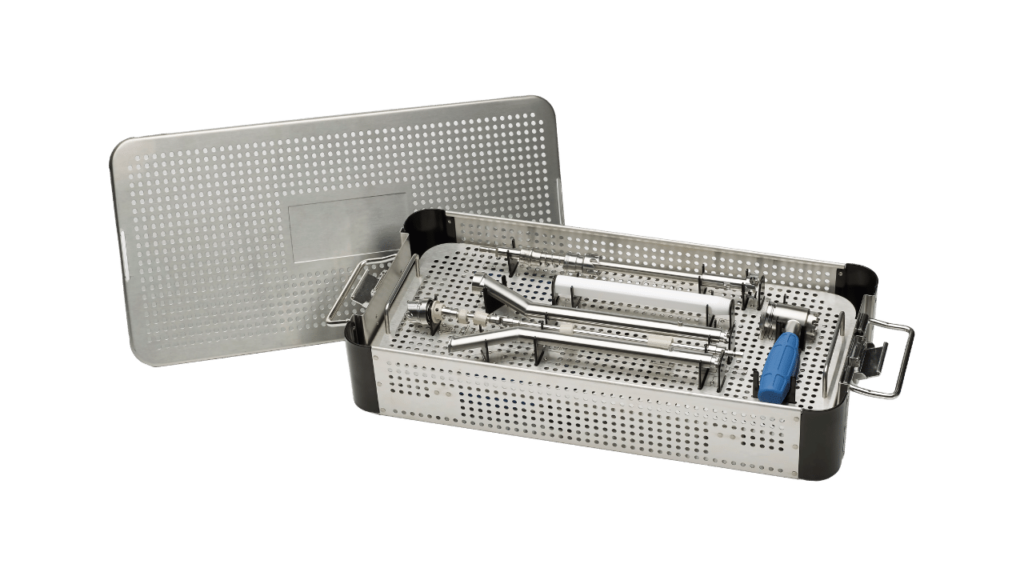By Sean Fenske, Editor-in-Chief, MPO
The product lifecycle is broken up into fairly distinct phases, each with its own set of functions and purposes. One of the early stages—design and development—is viewed as the point at which a concept becomes a physical device. Alongside that process, however, many other tasks are taking place. These all work in unison to optimize the remaining duties to ensure a timely and cost-efficient product launch.
Unfortunately, there are times when important aspects of the design and development phase are missed, resulting in delays or added expenses. When important factors and considerations are addressed within this stage, they can still be modified and optimized. Once the project moves to manufacturing, adjusting the design to accommodate a necessary change creates challenges.
Due to the importance of the design and development phase, Ashish Shah, VP, Research, Development, and Engineering, at Viant, shared his perspective on a number of factors. In the following Q&A, he speaks to accelerating time to market, moving innovation forward, and addressing the most important considerations of this portion of the product lifecycle.
Sean Fenske: Typically, what actions and tasks are encompassed in the design and development phase of a medical device?
Ashish Shah: A typical design and development project includes several key phases: knowledge gathering to define user requirements, design concepting, device feasibility, design freezes, verification, and validation. After these phases, a manufacturing transfer and launch occur in preparation for scaled-up production. Throughout the entire process, risk management and safety evaluation are conducted, critical to the development of the device. Additionally, customers will have discussions with the FDA or other regulatory authorities, and the subsequent filing for approval also takes place during this phase.
Fenske: While many aspects are important during this stage, what can be done during design and development to help accelerate time to market?
Shah: First, a disciplined project plan and project management process, including a clearly defined and documented project scope, must be established. Early and detailed knowledge transfer from the customer is also essential to accelerate speed to market. Early discussions with customers should include sterilization strategy, supply chain plans, and packaging needs. Next, to avoid multiple iterations of verification and validation steps, early engineering prototypes should be rigorously tested. This includes testing of manufacturing processing steps during the prototyping phases as well. Additionally, early and ongoing cross-functional alignment with supply chain, regulatory, and manufacturing teams is critical as a project proceeds through the various development phases. Missteps and miscommunication may require certain phases to be redone, leading to market launch delays. In summary, plan early, document sufficiently, and collect enough technical test data to ensure a smooth path to compliance and a timely launch of the product.
Fenske: Innovation is often associated with the R&D phase, but in design and development, how can innovation be moved forward?
Shah: It is not uncommon for innovation to occur at the prototyping and design for manufacturing phases of development. One of Viant’s strengths is our experience across multiple clinical markets. This allows us to apply key learnings from a variety of product applications and development programs. Without violating intellectual property, innovative ideas applied during one project can be utilized in another. Innovation during design and development may include selecting materials suitable for meeting a device’s operational needs while also reducing costs, increasing ease of fabrication, and enhancing the biocompatibility of the device. Innovation in design and development is about continuously improving processes and leveraging cross-project insights to drive optimal program results.
Fenske: Are there critical decisions regarding innovation that need to be addressed during design and development? Can you provide examples and best practices for them?
Shah: Innovation is critical to the development of any medical device, however, one needs to ensure appropriate decisions are made when considering design and development. For example, selecting the correct material(s) early on is vital to meet device requirements, biocompatibility, and sterilization needs. The device design must ensure it can withstand sterilization processes and be manufacturable at an acceptable price point. Often, compromises are necessary to meet operational and customer requirements without sacrificing safety and usability. This may involve considering multiple design concepts or technologies and evaluating various processing steps or alternative materials to find the best solutions. Frequent communication and alignment with internal stakeholders through gate reviews is one of the best tactics to maintain forward momentum and prevent project stalling.
Fenske: Is design and development handled differently depending on the device company? In other words, is design and development handled differently for start-up companies versus more established firms?
Shah: The general design and development process is similar for both large companies and startups. We work extensively with both types of enterprises, and therefore, we understand how they are structured and resourced differently. This drives different customer needs and we are well organized to address both types of customers.
Startups often face financial, infrastructure, and resource challenges. To assist them, we provide tailored support from our subject matter experts, including guidance on design, quality controls, and regulatory compliance. Additionally, they typically have a higher tolerance for risk. On a case-by-case basis, we can leverage established precedent or known material properties to support accelerated timelines.
Established companies, on the other hand, usually have their own systems in place, reducing the need for tailored support through the development process. These companies are generally more risk-averse due to their larger market exposure, and, as a result, the design and development process is typically conducted with careful planning and agility to enable speed to market.
Fenske: What tasks should be addressed during design and development that are often overlooked or addressed later in the production process?
Shah: Design for manufacturability is an imperative process during the design and development phase. If a device design cannot be manufactured at a reasonable cost with low scrap rates, no defects, and safe for end users, the customer needs will not be met. Additionally, during manufacturing process development, one needs to ensure the manufacturing processes are capable, defect rates are low, and cycle times are also as low as possible. This reduces costs during actual manufacturing, benefiting both the customer and manufacturer. These processes are exercised frequently during the design and development phase to ensure optimal production processes are established before being implemented during full-scale manufacturing.
Fenske: Do you have any additional comments you’d like to share based on any of the topics we discussed or something you’d like to tell medical device manufacturers?
Shah: Customers are looking for speed to market. To achieve accelerated project timelines, it is not only important to have a detailed and transparent project plan with clear milestones, but it is also important to remain agile and pivot if the design or the manufacturing process needs to change. Additionally, it’s critical to implement processes to preemptively identify roadblocks to maintain project timelines. Here, agility is in the form of parallel processing of development phases. Viant has structured its systems to balance project management, quality, and development, ensuring process discipline and agility. This approach embraces innovation, mitigates roadblocks, and navigates obstacles without compromising timelines.



